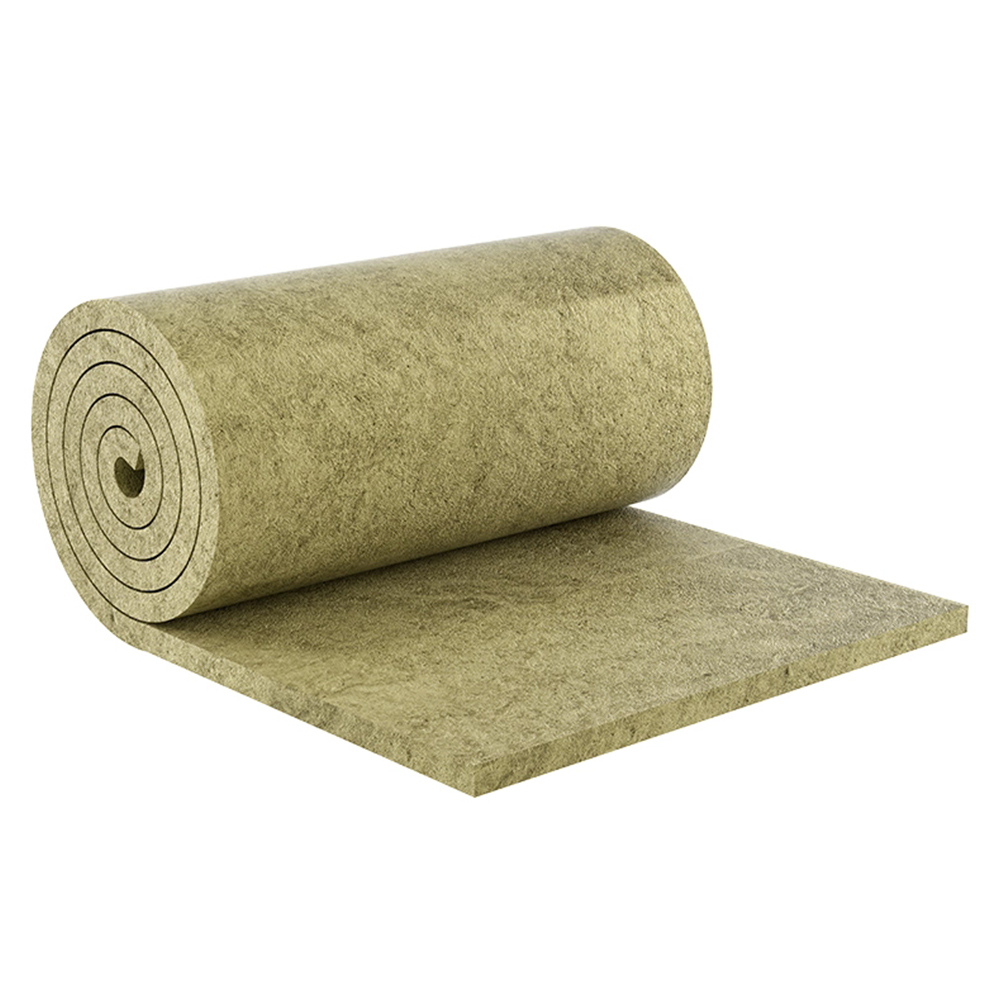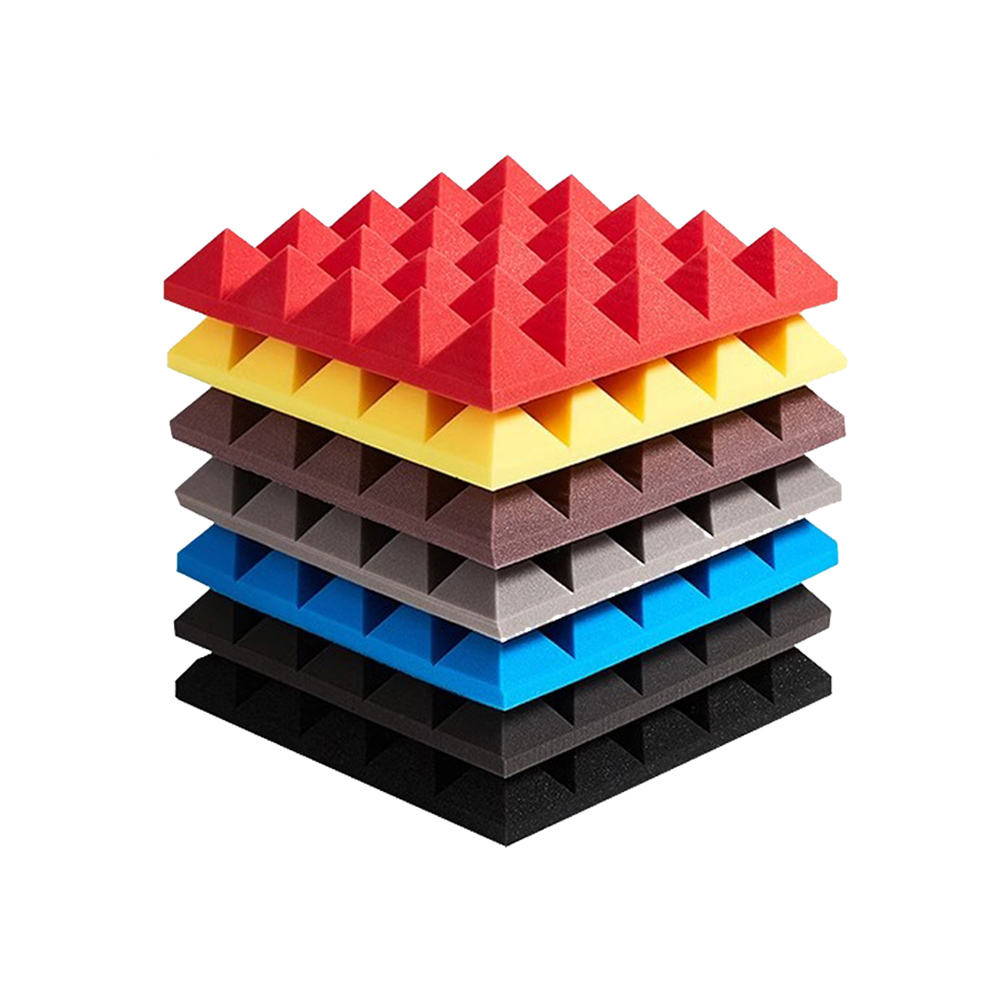What Type of Insulation for Exterior Walls: Complete Guide
Discover the best solutions on what type of insulation for exterior walls with FUNAS. Our complete guide helps you enhance energy efficiency and durability using top-quality insulation materials. Explore expert tips tailored for optimal exterior wall protection and comfort.
- Why Insulation for Exterior Walls Matters
- Common Types of Exterior Wall Insulation
- R-Value Comparison Table
- Rock Wool Board
- Expanded Polystyrene (EPS)
- Extruded Polystyrene (XPS)
- Polyurethane Foam
- Foam Glass
- Removable Insulation Blankets
- How to Choose the Right Insulation
- Common Mistakes and Solutions to Insulate Exterior Walls
- Conclusion
Why Insulation for Exterior Walls Matters

Common Types of Exterior Wall Insulation
R-Value Comparison Table
| Insulation Type | R-Value per Inch | Typical Use Case |
| Rock Wool Board | R-3.0–R-3.3 | Residential/commercial walls |
| Expanded Polystyrene (EPS) | R-3.6–R-4.0 | Exterior sheathing, basement walls |
| Extruded Polystyrene (XPS) | R-4.5–R-5.0 | Foundation walls, roofs, below grade |
| Polyurethane Foam (SPF) | R-6.0–R-7.0 | Retrofit, cavity fill, hard-to-reach |
| Foam Glass | R-3.0–R-4.0 | Industrial, moisture-sensitive walls |
| Removable Insulation Blankets | R-2.5–R-3.5 | Temporary, mechanical systems |
Rock Wool Board

-
Excellent fire resistance (non-combustible)
-
Good sound insulation
-
Water-resistant and breathable
-
Heavier than other insulation types
-
Slightly lower R-Value compared to foam-based options
Expanded Polystyrene (EPS)
-
Affordable and widely available
-
Moisture-resistant when coated
-
Lightweight and easy to install
-
Lower fire resistance
-
Can absorb water over time if not sealed properly
Extruded Polystyrene (XPS)
-
High compressive strength
-
Excellent water resistance
-
Higher R-Value per inch than EPS
-
More expensive than EPS
-
May degrade under UV exposure if left uncovered
Polyurethane Foam

-
Outstanding R-Value
-
Acts as both insulation and air sealant
-
Reduces thermal bridging
-
Higher installation cost
-
Requires professional application
Foam Glass
-
Non-combustible and rot-resistant
-
Doesn’t absorb water or vapor
-
Very long-lasting
-
Brittle and harder to cut
-
Higher material cost
Removable Insulation Blankets
-
Reusable and removable
-
Easy to install and maintain
-
Custom-fit options available
-
Not suitable for permanent wall insulation
-
Lower R-Value compared to rigid materials
How to Choose the Right Insulation
-
Climate Zone: In colder climates, you need higher R-value insulation. In hot, humid zones, moisture resistance becomes just as important.
-
Wall Assembly Type: Is it new construction or retrofit? Some materials work better behind siding, while others fit better inside wall cavities.
-
Budget Constraints: If you're on a tight budget, EPS or rock wool might be more practical. For long-term savings, polyurethane foam could be worth the investment.
-
Moisture Exposure: Areas with high humidity or frequent rain require materials like foam glass or XPS that resist water absorption.
-
Fire and Sound Requirements: In multi-family housing or commercial settings, fire-resistant and soundproof materials like rock wool are often the preferred choice.
-
Installation Method: Some materials require professional installation (e.g., spray foam), while others can be DIY-friendly (e.g., EPS panels).
-
Environmental Impact: If sustainability is a priority, consider insulation made from recycled materials, such as foam glass or eco-friendly mineral wool.
Common Mistakes and Solutions to Insulate Exterior Walls
-
Ignoring Air Gaps Gaps or voids in insulation let air flow through, which defeats the purpose. Always seal edges, joints, and penetrations with foam or caulk.
-
Choosing the Wrong Material Using EPS in below-grade walls or in wet climates can lead to water absorption and failure. Always match material properties to the environment.
-
Skipping Vapor Barriers In colder climates, not using a vapor barrier can lead to condensation inside walls. Make sure to add the right barrier based on your local code.
-
Improper Installation Compressed insulation loses its effectiveness. Always follow manufacturer guidelines and avoid squeezing or cutting materials unevenly.
-
Neglecting Thermal Bridging Steel or wood studs can transfer heat, reducing wall efficiency. Use continuous insulation outside framing to reduce thermal bridging.
-
No Air Sealing Insulation isn’t a substitute for air sealing. Combine insulation with air barriers to create a complete envelope.
Conclusion

Ultimate 2026 Guide to Car Noise Insulation: Silence Your Ride

Ultimate Guide to Rubber Sheets: How to Choose in 2026

Ultimate Guide to Glass Wool: Properties, Uses & Benefits

The Ultimate Guide to Glass Wool Insulation 2026
FAQ
What is the typical delivery time for custom orders?
Our daily production capacity is 800 cubic meters. Delivery time varies depending on the complexity of the insulation material wholesale order, but we can deliver large quantities of customized products within 4-6 weeks after the approval date, and small quantities can be delivered within 15 days.
How do I choose the right insulation for my project?
Our team can help you choose the best material for heat insulation based on your specific needs, such as thermal resistance, acoustic properties, and environmental conditions.
service
What is your shipping and delivery process like?
We offer reliable logistics services for insulation material wholesale, both domestically and internationally. Our team ensures secure packaging, timely shipping, and real-time tracking so that your order reaches you in perfect condition and on schedule.
How does your technical support work?
Our technical support team is available to guide you through every stage of your project—from product selection and design to installation. We provide expert consultation to ensure that you get the best insulation solution for your needs and can assist with troubleshooting if needed.
You might also like

Wholesale Perfect Fire Resistant Performance High Strength Acoustic Mineral Wool Insulation Rock Wool Board Panel Plain Slab
Rock wool board, that is, a kind of exterior insulation material. When the market share of 90% of the organic thermal insulation materials in the stagnant wait-and-see, as a fire rating of A-class exterior insulation inorganic material rock wool, has ushered in an unprecedented market opportunity.

Wholesale Rock Wool Mineral Wool Roll Blanket
Durable rock wool roll with outstanding fire resistance and insulation properties. Ideal for industrial and construction applications.

Wholesale Perfect Fire Resistant Performance High Strength Acoustic Mineral Wool Insulation Rock Wool Roll Panel Plain Slab
Rock wool, that is, a kind of exterior insulation material. When the market share of 90% of the organic thermal insulation materials in the stagnant wait-and-see, as a fire rating of A- class exterior insulation inorganic material rock wool has ushered in an unprecedented market opportunity.

Wholesale Roof And Wall Thermal Heat Insulation 50mm Thickness Aluminum Foil Fiberglass Insulation Panel Board Glass Wool Price
Glass wool is the molten glass fiber, the formation of cotton-like material, chemical composition belongs to the glass category, is a kind of inorganic fiber. With good molding, small volume density, thermal conductivity both, thermal insulation, sound absorption performance is good, corrosion resistance, chemical stability and so on.
Leave a message
Have any questions or concerns about our products? Please leave us a message here and our team will get back to you promptly.
Your queries, ideas, and collaboration opportunities are just a click away. Let’s start a conversation.


















































